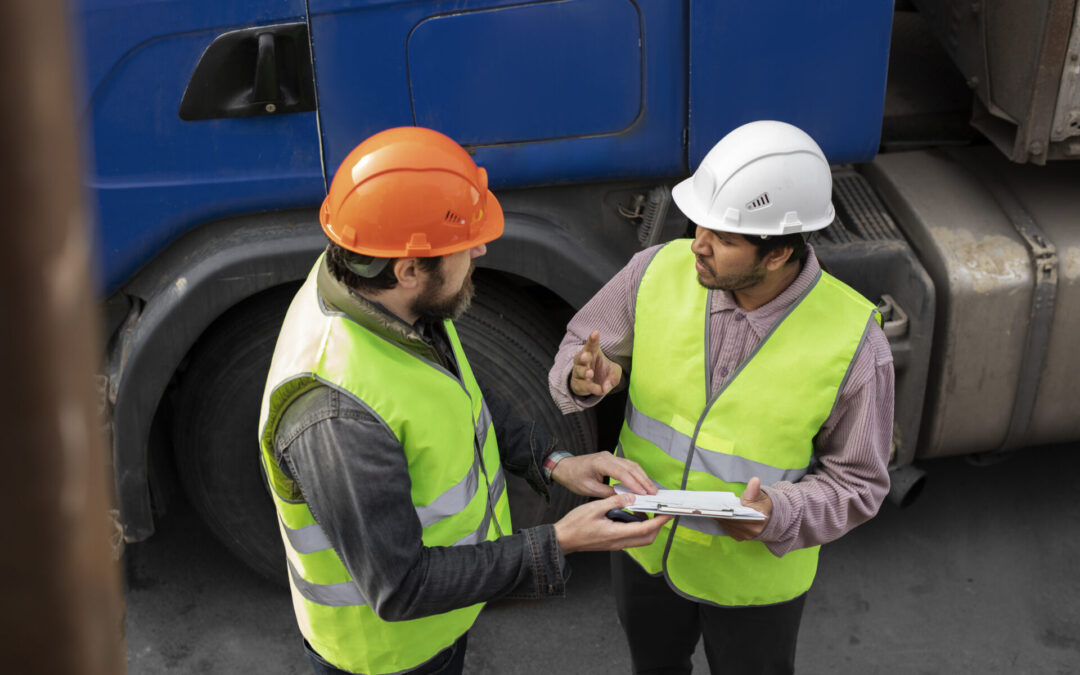Mining has been a vital industry for centuries, shaping economies and driving technological advancements. However, the working conditions in the mines have not always been safe or sustainable. Over time, the evolution of mining practices and the introduction of regulations, such as those from the Mine Safety and Health Administration (MSHA), have greatly improved the conditions for miners.
Early Mining (Pre-Industrial Era)
In ancient civilizations, mining was essential for acquiring materials like stone, metals, and minerals. These early mining operations were often rudimentary, with miners using basic tools such as hammers and chisels. There were no safety regulations, and mining was incredibly dangerous. Collapses, exposure to toxic fumes, and other hazards were commonplace, leading to severe injuries and fatalities.
Mining in this era was largely dependent on manual labor. Mines were often poorly ventilated, and the risk of suffocation or poisoning from toxic gasses was high. The lack of protective equipment, proper lighting, and structured support systems meant that early miners faced constant danger with little recourse for safety.
Industrial Revolution (18th-19th Century)
The Industrial Revolution saw the rise of coal and metal mining as the demand for fuel and raw materials surged. While mining technology improved somewhat, working conditions in the mines remained harsh. Miners worked long hours in poorly lit, hazardous environments with limited safety equipment. The deeper mines posed even greater risks as underground conditions became more dangerous due to poor ventilation and structural instability.
Child labor was rampant in the mines during this period, with children as young as eight working alongside adults. The harsh working conditions led to a surge in accidents and fatalities, drawing attention to the need for reforms in the industry.
Labor Movements (19th Century)
The 19th century saw the formation of labor unions and the first steps toward protecting the rights of miners. Workers began to organize, protesting unsafe working conditions, long hours, and low wages. These labor movements were instrumental in pushing for the first pieces of legislation aimed at improving working conditions in the mines.
Union formation in mining communities gave workers a collective voice to demand safer environments. In the United States, this led to the introduction of early safety regulations. These laws, however, were limited in scope and enforcement, meaning many miners continued to face significant risks on the job.
20th Century Improvements
The early 20th century marked a turning point in the mining industry. With the rise of health and safety regulations, particularly after numerous mining disasters, the government began to take more active steps in protecting miners. Technological advancements, such as improved ventilation systems and mechanized tools, began to make mining safer. However, accidents still occurred frequently, prompting the establishment of more comprehensive safety standards.
In 1969, the Federal Coal Mine Health and Safety Act was passed, which significantly improved working conditions by setting stricter safety regulations. This was followed by the creation of the Mine Safety and Health Administration (MSHA) in 1977. MSHA’s role was to enforce mine safety laws and conduct inspections, ensuring that mining companies adhered to the new regulations.
Modern Era (Late 20th Century-Present)
Despite the advancements, modern mining still faces challenges, particularly with sustainability and environmental concerns. However, working conditions have greatly improved compared to earlier eras. Technology continues to play a crucial role, with the introduction of automation, improved protective equipment, and better communication systems helping to reduce risks in the mines.
Past Mine Working Conditions vs Current Day Working Conditions
In the past, mining conditions were dangerous, with workers exposed to a variety of hazards. From cave-ins to toxic fumes, miners risked their lives every day. Today, advancements in technology and safety regulations have dramatically reduced the risks. Modern mines are equipped with advanced ventilation systems, monitoring equipment, and safety protocols that would have been unimaginable in the early days of mining.
The shift from a labor-intensive industry to one that embraces technology has played a critical role in enhancing safety. Miners today benefit from better training, protective equipment, and more stringent oversight, significantly reducing accidents and fatalities.
What Helped Improve Working Conditions?
Several factors contributed to the improvement of working conditions in the mining industry. The rise of labor movements, government intervention, and technological advancements have all played significant roles. Additionally, the work of organizations like MSHA has been critical in enforcing regulations and ensuring that mining companies prioritize the safety of their workers.
Investments in research and development have also led to innovations in mining equipment and practices. For example, the introduction of automated machinery has reduced the need for miners to work in hazardous conditions, minimizing their exposure to dangerous environments.
MSHA Regulations and Their Role in Improving Work Conditions
Today, MSHA plays a pivotal role in maintaining safety standards, conducting regular inspections, and implementing new regulations to address emerging challenges in the industry. Health and safety training programs have also become a cornerstone of modern mining, equipping miners with the knowledge and skills to protect themselves on the job. MSHA enforced the Mine Act, ensuring that mining companies comply with safety regulations.
MSHA’s regulations have led to a significant decrease in mining-related accidents and fatalities. By setting strict standards for ventilation, equipment, and emergency preparedness, MSHA has helped create a safer working environment for miners across the country.
A Journey Toward Safer Mines
The journey toward safer mines has been a long and difficult one, but significant progress has been made over the centuries. From the dangerous, unregulated mines of the past to the highly monitored and technologically advanced mines of today, the industry has come a long way in ensuring the safety of its workers.
As the industry continues to evolve, organizations like MSHA will play a vital role in maintaining and improving safety standards. By learning from the history of working conditions and embracing new technologies, the mining industry can continue to make strides toward a safer, more sustainable future.


